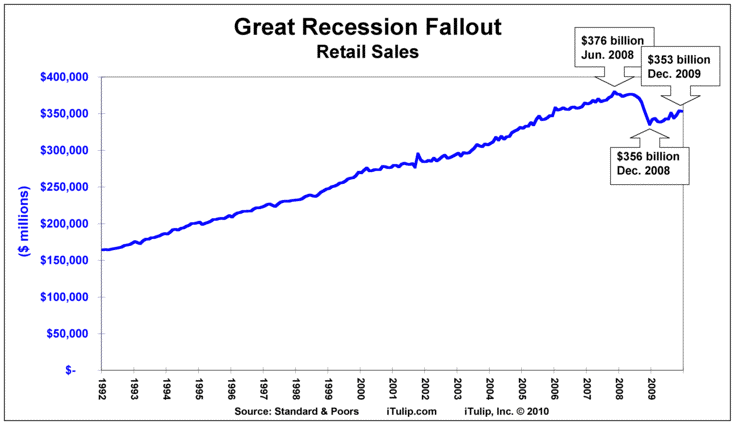Originally posted by TABIO
In your own personal example, you have paid off your car. There is no interest expense, but there is still capital expense (depreciation).
The business would generate revenue regardless of the existence of the interest expense; it might be worthwhile nonetheless but it should not be a requirement.
The vast majority of auto loans, however, are effectively leases.
Many, if not most, people do not keep their cars for the full 5 or 7 year loan terms; as they sell or trade-in the old car and buy a new one every 2 or 3 years - the difference between a loan an a depreciating asset becomes apparent to the tune of several thousand dollars.
In this case, the economic value generated by having the loan is net negative - especially so if compared to an outright lease.



Leave a comment: